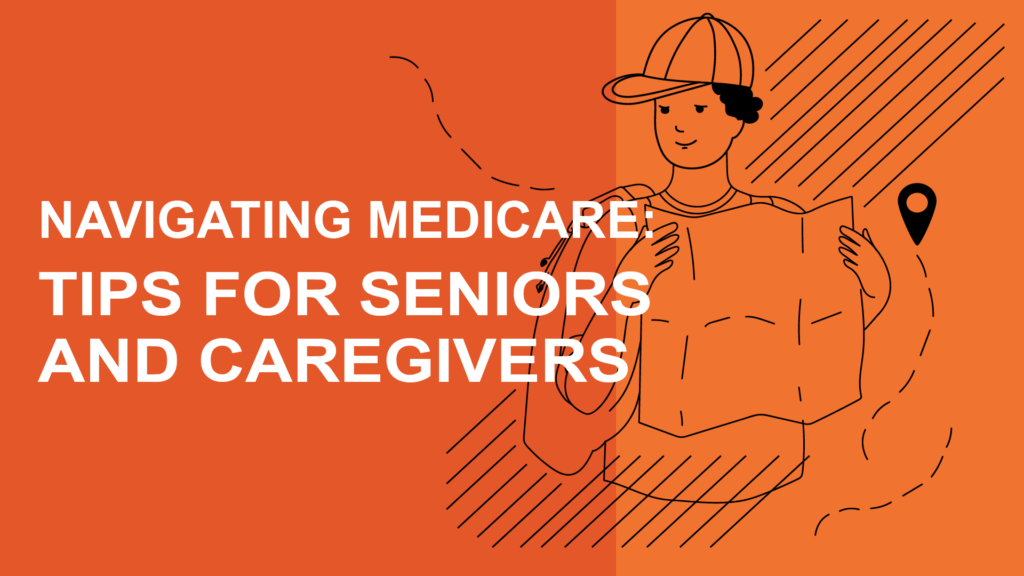Caregivers often learn to navigate Medicare alongside seniors, gathering and interpreting costs and coverage to prepare them as best they can. Here are a few Medicare tips to give both parties a head start.
Get to Know the Basics of Medicare
What follows is a brief overview if you are still getting familiar with the ins and outs of Medicare.
Medicare Part A is hospital insurance, and it covers inpatient care in hospitals and skilled nursing facilities, plus hospice care and home health care. Most people pay $0 in premiums for Part A, and you may be automatically enrolled in coverage if you are already receiving retirement benefits from Social Security or the Railroad Retirement Board or have been receiving Social Security Disability Insurance for a certain amount of time.
Medicare Part B is medical insurance, and it covers outpatient care, doctor services, mental health services, durable medical equipment, ambulance services, and many preventive care services. In general, this coverage is for medically necessary and preventive care services. All Medicare beneficiaries pay a monthly premium for Part B, and you may pay more if you have a higher income.
Know Your Enrollment Periods
Medicare has a few enrollment periods during the year that all seniors and caregivers should know. Keep track of these dates to sign up for your Medicare plan and make changes to your coverage.
The first enrollment of the year, from January 1 to March 31, is the General Enrollment Period. People who miss their initial enrollment periods can sign up during General Enrollment and will be subject to any late penalties that apply. If you already have a Medicare plan, this same time frame is called the Medicare Advantage Open Enrollment Period, and you can make changes to your coverage if you are not satisfied with your choices for the plan year.
In the fall is the Open Enrollment Period, from October 15 to December 7. During this time, Medicare beneficiaries with Part A and Part B can sign up for a Medicare Advantage or Part D plan, renew their contracts, switch to different plans, or drop their plan coverage and return to Original Medicare. This is sometimes referred to as the Annual Election Period. Keep track of these dates to sign up for your Medicare plan and make changes to your coverage.
Start Preparing for Enrollment Early
Once you are eligible for Medicare, even if you are automatically enrolled in Part A, you have seven months to sign up for Medicare Part B, then Part D, a Medicare Advantage plan or Medicare Supplement if you choose to. This Initial Enrollment Period starts three months before the month of the senior’s 65th birthday.
To be prepared or to assist in enrollment as a caregiver, plan to begin looking into Medicare plan options before this time arrives. Signing up for Medicare on time is important to avoid late penalties.
Learn About Home Health Care
As a caregiver to a Medicare beneficiary, it is important to understand the coverage available for home health care. Although Medicare does not pay caregivers for their work, home health services are covered under Part A. These services can assist with necessary wound care, injections, and short-term skilled nursing care, which helps provide quality patient care and supports the caregiver’s efforts.
The Centers for Medicare & Medicaid Services hosts a quarterly Caregiver Workgroup Meeting Caregivers may also be eligible for financial assistance through the National Family Caregiver Support Program. Enquire with your state for additional services and support groups.


